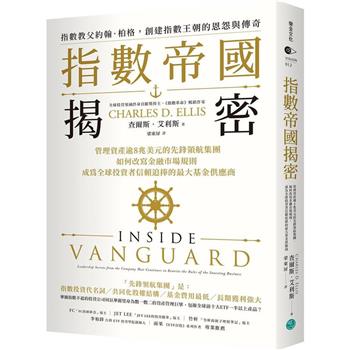The book studies the impact of Stevensian and Valeryan poetics, and symbolist poetics more broadly, on a range of Anglo-American poets in untypical fashion. Pairing poets who are not usually studied in their relation to one another reveals mutuality and dissimilitude. Chapter I looks at Stevens and Valery from the vantage point of the senses as opposed to the more usual lens of their similar cerebral or philosophical temperaments. Although critics have largely and justifiably seen Stevens and Eliot in oppositional terms (Stevens proclaims them dead opposites), Lisa Goldfarb asks what happens when we look at them from the vantage point of their mutual interest in creating a musical poetics. Auden is principally known for his distaste for the symbolists and their magical poetics, yet he reserves special praise for Valery and considers him as his poetic mentor; Chapter III studies their poetics side-by-side. With Stevens and Audens mutual appreciation of Valery as a starting point, Chapter IV turns to a closer comparative study of Auden and Stevens, two poets who have traditionally been seen as operating in distinct poetic spheres. While Elizabeth Bishop famously eludes categorization in terms of poetic school or affiliation, a fifth chapter addresses her poetic music in relation to French symbolist poetics, one of the many poetic schools she admired. A sixth and final chapter examines Stevens musical legacy, in large part derived from the symbolists, and addresses the work of a range of modern and contemporary poets, with a final section devoted to the work of contemporary poet, Susan Howe.
| FindBook |
有 1 項符合
Unexpected Affinities: Modern American Poetry and Symbolist Poetics的圖書 |
 |
Unexpected Affinities: Modern American Poetry and Symbolist Poetics 作者:Goldfarb 出版社:Sussex Academic Press 出版日期:2018-11-21 語言:英文 規格:平裝 / 160頁 / 22.6 x 15 x 1 cm / 普通級 |
| 圖書館借閱 |
| 國家圖書館 | 全國圖書書目資訊網 | 國立公共資訊圖書館 | 電子書服務平台 | MetaCat 跨館整合查詢 |
| 臺北市立圖書館 | 新北市立圖書館 | 基隆市公共圖書館 | 桃園市立圖書館 | 新竹縣公共圖書館 |
| 苗栗縣立圖書館 | 臺中市立圖書館 | 彰化縣公共圖書館 | 南投縣文化局 | 雲林縣公共圖書館 |
| 嘉義縣圖書館 | 臺南市立圖書館 | 高雄市立圖書館 | 屏東縣公共圖書館 | 宜蘭縣公共圖書館 |
| 花蓮縣文化局 | 臺東縣文化處 |
|
|
圖書介紹 - 資料來源:博客來 評分:
圖書名稱:Unexpected Affinities: Modern American Poetry and Symbolist Poetics
|









